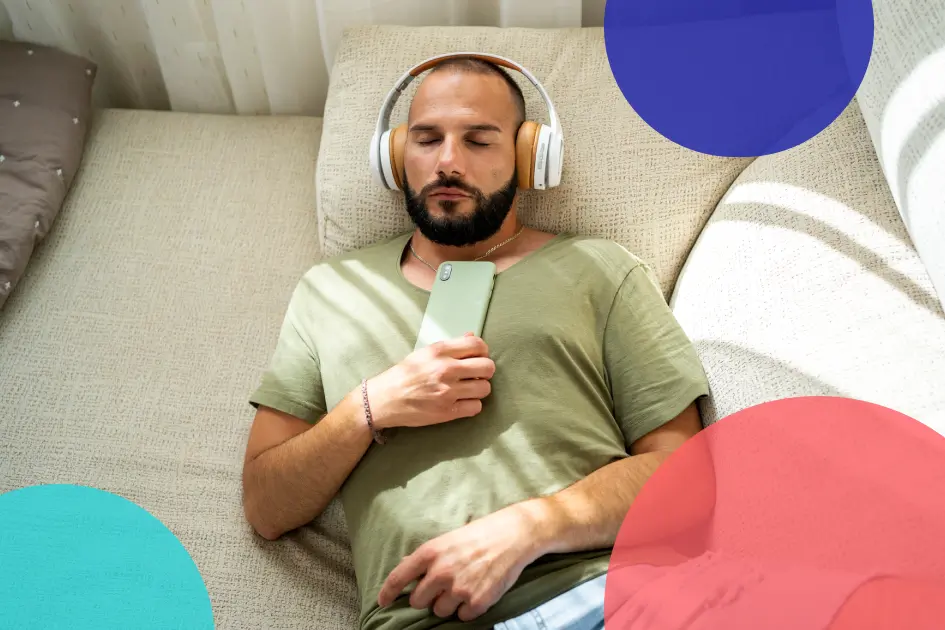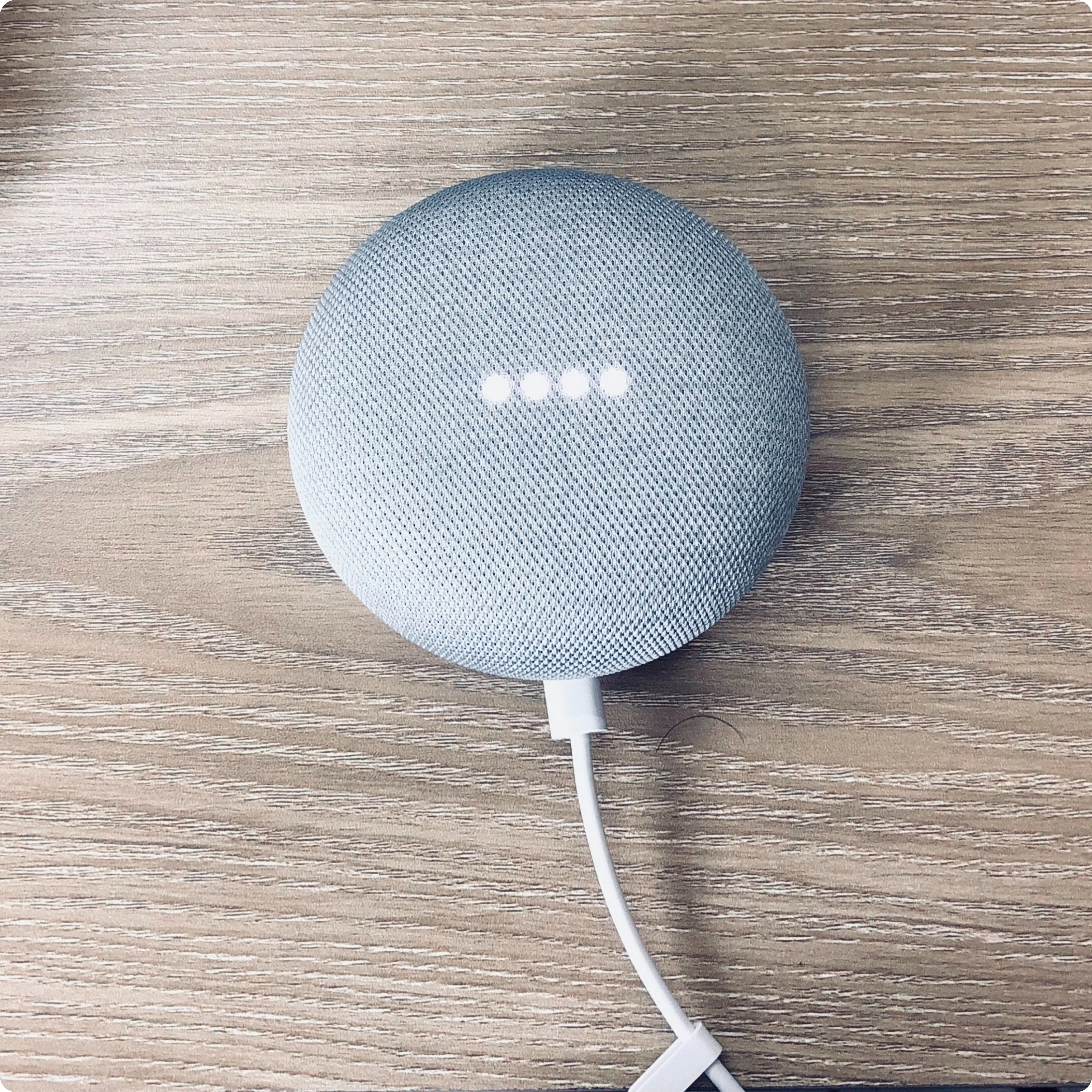Gender differences in online spending
Our third series of ecommerce insights about the Scandinavian online consumer puts the spotlight on gender differences when reviewing online spending and shopping habits of men vs women. For the first half of 2023, we uncover very telling style snapshots and purchase particularity, between the sexes. Insights are available here for the Swedish, Norwegian, and Danish markets.
Our first series— the Ecommerce Half Year Summaries, looks at overall online spending and shopping habits in the categories of services, travel, and physical goods for Sweden, Norway, and Denmark. Our second series focuses on these categories but looks also at customer loyalty and attitudes of the Baby Boomer generation (born between 1946 and 1964), as an economic driving force in Scandinavia. The insights are here: Sweden, Norway, and Denmark.
You can find an overview comparing and contrasting the Scandinavian e-consumer here and an analysis of Nordic Baby Boomers, including a list of tips to prevent abandoned shopping carts here.
For the purpose of this gender-focused series, based on our survey of our Nordic neighbors, we conclude that men’s and women’s online shopping behavior is interesting— but that differences are not too surprising. In familiar patterns we’ve seen many times before, men are choosing to spend more on alcohol and the latest technology products, while women are putting far more beauty products and household essentials like groceries into their online shopping carts. However, there are some findings that we hope will help merchants better adjust their expectations and even tailor their operational and communication approaches. Let’s begin!

Online shopping is everyone’s passion
Who is doing the shopping online? For Danes, while 78% of men report shopping online, women take a slight lead with 86% engaging in online purchases. This 8% difference suggests that Danish women are slightly more inclined towards online shopping. The gap between men’s vs women’s affinity towards online shopping is even narrower in Norway (2%) and Sweden (less than 1%). This underscores that there is a shared interest in hopping from webshop to webshop and spending money in Scandinavia.
Here’s where it gets interesting: For Danes, both men and women prioritize and spend nearly equally on both physical goods and travel. Swedes are more like Danes but there is a gender difference in shopping behavior: men spend more on travel while women spend more on physical goods. For Norwegians, travel wins and both men and women spend nearly equally on this category.
Here are some other notable differences between how men vs women shop online:
– Denmark: Beauty might be in the eye of the beholder, but women definitely lead in this category – spending up to 6x more on beauty products than men.
– Norway: Men tend to outspend women on car, motorcycle, and boat accessories by a very notable 13x more— choosing to indulge on their favorite modes of transport far more than their female counterparts do.
– Sweden: Men outspend women in the realm of accessories, often exceeding their spending by up to 2x. Despite a higher percentage of women purchasing accessories monthly (7.2% compared to men’s 4.1%), seem more willing to invest more in each purchase.

How can merchants use the research?
What should merchants consider when looking at their target audiences? Our research reveals that there are interesting insights into how each sex thinks— and that these attitudes can be very helpful to online businesses looking to emphasize different aspects of their offers, payment options, and even delivery methods. Let’s look at what is important to men vs women in the Nordic countries when they are on their online shopping journeys:
Denmark
Danish women indicate they prefer shopping locally, want a simplified checkout process, and search for brands that have an emphasis on sustainability. Danish men underscore the importance of saving time overall, and they are amenable to purchasing from foreign retailers (though they understand that customs poses challenges in receiving their orders quickly and easily.)
TIP: Emphasize where you source your inventories and how easy it is at checkout, even if you sell “foreign” goods.
Norway
Norwegian women crave a seamless checkout experience, and they favor deferred payment options. Like their Danish sisters, they also prioritize sustainable brands and options— and like to support local businesses. Norwegian men are cost-conscious, report shopping around for the best prices, and conduct price comparisons before making purchases. Unlike their female counterparts, they like paying directly—commonly using Paypal or Applepay.
TIP: Offer a variety of payment options, both deferred and “direct” to appeal to both genders— and show that your items are a great deal compared to what else is on the market.
Sweden
Swedish women prioritize saving time when online shopping and naturally favor the time-saving nature of subscriptions. Like Norwegian women, they also prefer deferred payment options (Buy Now, Pay Later) at checkout. Swedish men on the other hand, similar to Norwegian men, favor paying directly, and they choose to pay via credit card, PayPal, and Applepay. They also chase bonus and rewards points when shopping (which they seem to do a lot of!)
TIP: Offer a variety of payment options- both deferred and direct; emphasize quick and easy shopping with you; and highlight availability of subscriptions (or consider them!)

Download the half year summary insights on Gender Differences in ecommerce
Our half year summary focusing on gender differences within the ecommerce landscape paints a distinct picture of men vs women when it comes to their online shopping behavior. We see that not only are there differences between the genders, but that there are differences from country to country. Merchants can see that the genders prioritize differently regarding where to put their money (within the categories physical goods, services, and travel)— and we see that what they shop for within the categories differs (though sometimes not unexpectedly.)
Download all the country-specific reports for detailed insight that’s both interesting and actionable:
— Each summary is based on results from surveys conducted by Kantar on behalf of Nets in the form of 50 weekly interviews among internet users in Sweden (1,732), Norway (1,727), and Denmark (1,669) from January until June 2023, respectively.

Samara H. Johansson
Content Manager, Nets E-Commerce
With 15+ years of experience in strategic marketing and communications roles, for Nets I focus on presenting e-commerce market insights in a way that is easy to understand and practical.
- Topics



